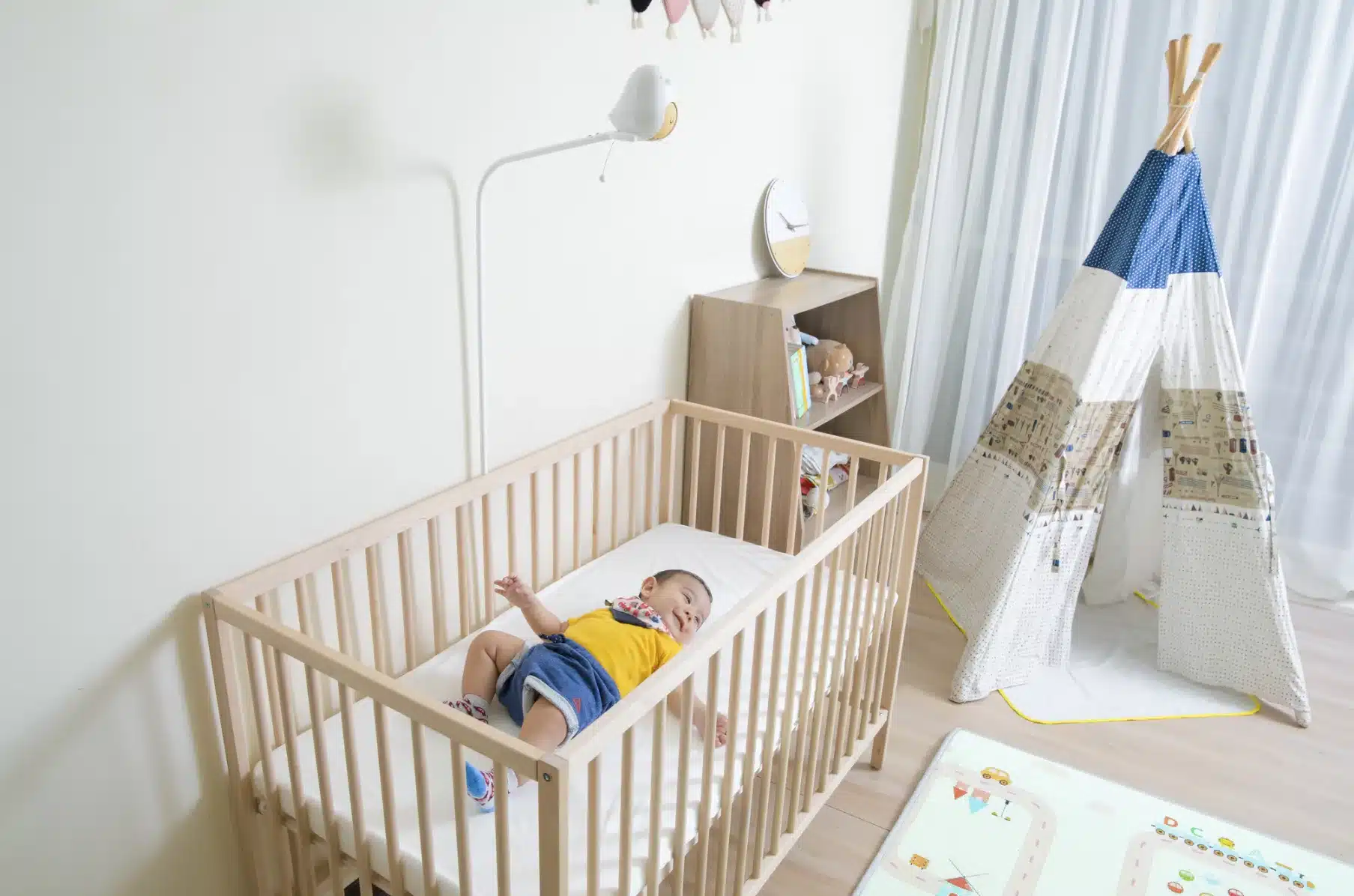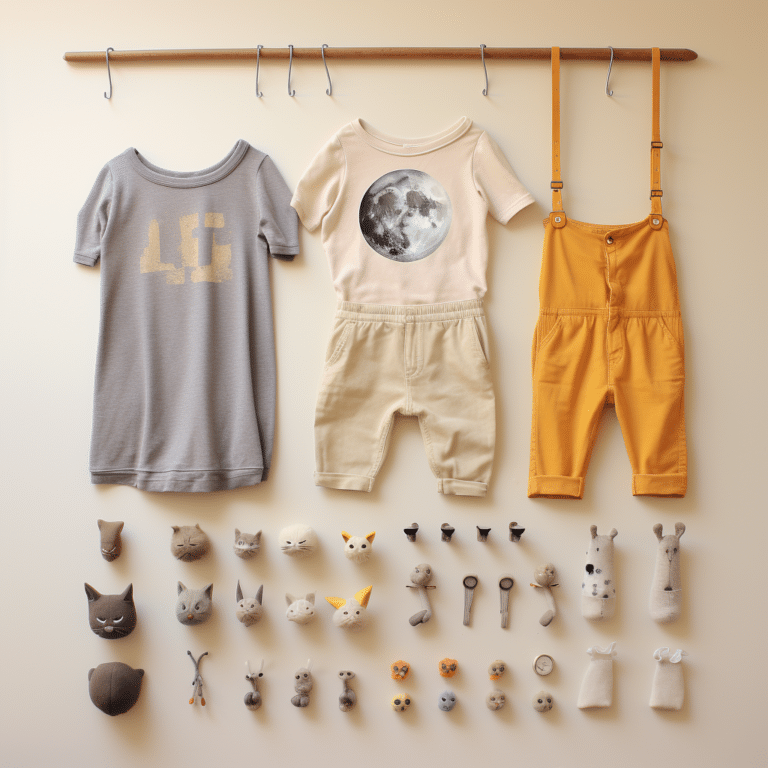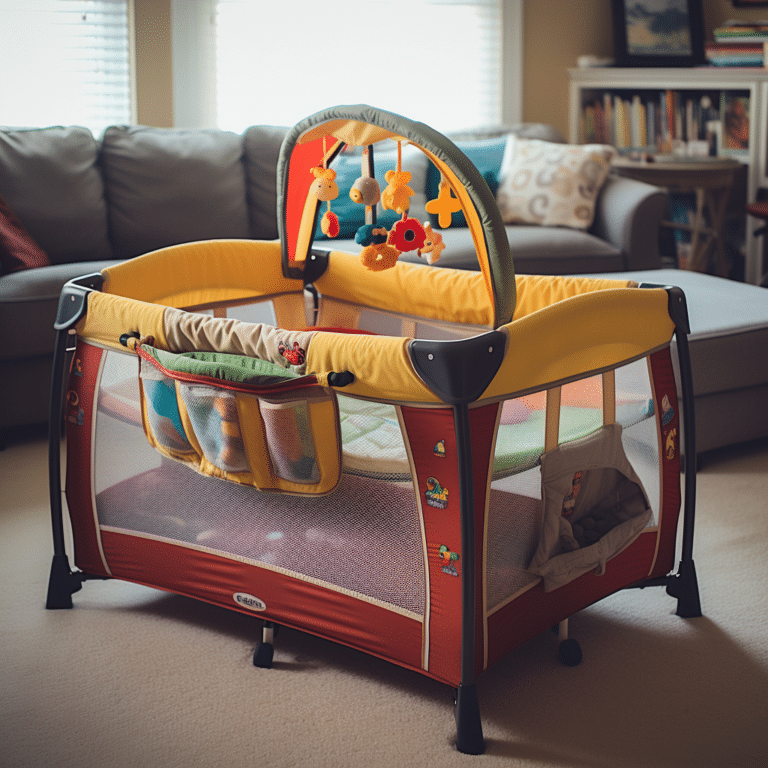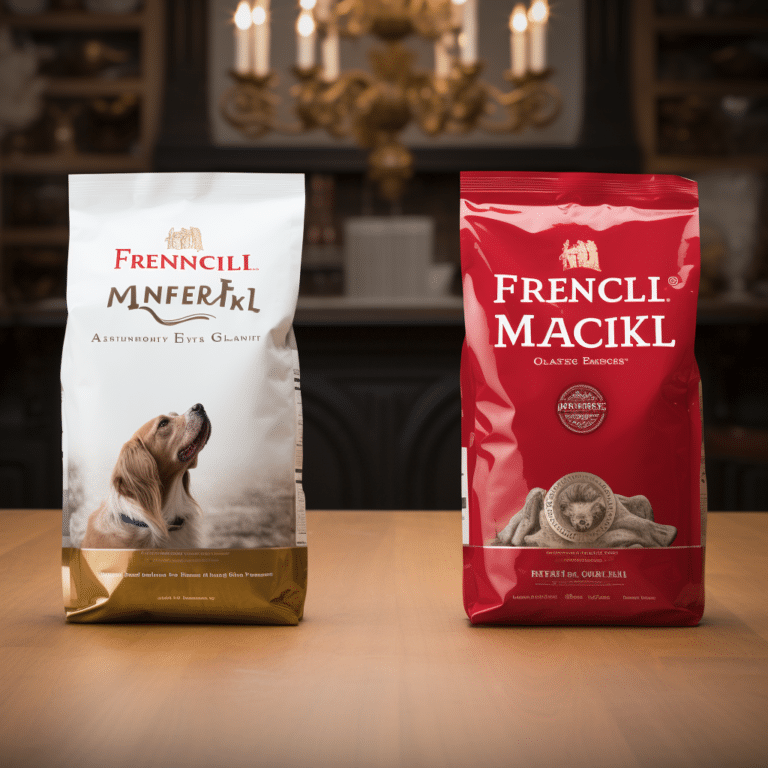Owlet vs Cubo AI
There are many baby monitors out there, so how do you choose the best one? You could go with the traditional Owlet two-in-one option. The product is a wearable for your baby, and it has been around for years now. But it can’t do everything, which is where Cubo AI comes in.
Cubo AI may have a less-known name than Owlet, but it offers many advantages with a lower price tag. In this technological overview, we’ll contrast Cubo AI and Owlet 2.0 to help you decide which of these two smart socks is right for your family.
Owlet vs Cubo AI: Overview
What is the Owlet?
Owlet is the world’s first smart sock for your baby. It’s a wearable that tracks your baby’s heart rate, oxygen levels, and sleep patterns. This helps you monitor your baby’s health and well-being.
The Owlet can be used as part of a night routine or on its own. You can use it to check in on your little ones while they’re sleeping, like if they’re crying or having trouble falling asleep.
Owlets can also alert you if something goes wrong throughout the night, such as a dip in oxygen levels or a significant change in heart rate. This means you don’t need to touch or disturb your baby when they’re sleeping.
What is Cubo AI?
Cubo AI is another smart sock that monitors oxygen levels in infants and children up to 5 years old. The device also wirelessly transmits data directly to a smartphone app for easy viewing and analysis.
Cubo was founded by Dr. Ernesto Hernández-Gil and his team at the University of California San Diego School of Medicine, who created Cubo as an alternative to the traditional pulse oximeter device used in hospitals today.
They believe that their device will provide better results than existing technology because it uses a different method of measuring oxygen saturation levels (SpO2). Their technology was also designed to be compatible with Apple’s HealthKit platform to communicate with other apps on your phone or tablet like Fitbit or Google Fit, for example.
The high-tech features of both Owlet and Cubo AI
The Owlet Smart Sock 2 and the Cubo AI are two of the most popular smart socks for babies, but which one should you choose?
These devices have heart rate monitoring, sleep tracking, and temperature monitoring capabilities. They also have some distinguishing characteristics that set them apart from other items on the market.
High-Tech Features of Owlet Smart vs. Cubo AI
Owlet Smart
Owlet uses a pulse oximetry sensor to measure your baby’s heart rate and oxygen levels in their blood. This provides valuable information about their health status, including how well their body adapts to changes in their environment (such as going outside for the first time).
It also helps to prevent SIDS because it can detect if your baby stops breathing or has a low heart rate during sleep or while playing.
Cubo AI:
Cubo AI uses a pulse oximetry sensor to measure your baby’s heart rate and oxygen levels in their blood. This provides valuable information about their health status, including how well their body adapts to changes in their environment (such as going outside for the first time).
Battery life and WiFi connectivity
These monitors come with a rechargeable battery that lasts up to 24 hours. This means that if you forget to plug it in, you’ll still get a full night’s sleep before having to charge up again. However, if your baby is a heavy sleeper or if you travel frequently, this might not be enough for you. In that case, it’s recommended to get an additional battery pack.
WiFi connectivity is another thing to consider when buying an infant monitor. A WiFi-enabled monitor allows you to use your phone as the display screen instead of physically walking over to check on your baby every few minutes. You can also keep tabs on your child from anywhere in the world using an internet connection and a browser or app on your phone or tablet device.
Price comparison
Owlet is the most expensive option, with an average price of $249. Owlet’s highest price is $399, and its lowest price is $249. The price of Cubo AI ranges from $274 to $329.
The average price of Owlet is $329, and the average price of Cubo AI is $329. The price difference isn’t large enough to infer that one product is superior to the other.
Pros and cons of the Owlet vs. Cubo AI.
Owlet Pros:
- Real-time heart rate and oxygen levels: The app will alert you if something is wrong with your baby’s vitals.
- Wearable device: Unlike other monitors, which require you to place a sensor under your baby’s mattress, the Owlet comes with a wearable device that clips onto their foot or ankle. It also connects wirelessly via Bluetooth.
- Easy setup: All you have to do is download the app, put on some socks (the Owlet goes in one sock), and go! You don’t have to plug anything in or get tangled up in wires.
Cons:
- Expensive — At around $349, this product costs more than most other monitors today.
Cubo I Pro
- Very affordable.
- The design is very nice. It looks like an Apple product.
- The battery life is great, and it charges fast.
- The screen resolution is very good, and the colours look great.
- The sound quality is just OK (it could be better).
Cons:
- Laggy touch response and lagging apps
Conclusion
Although they both have unique features and innovative baby products, only one can be the winner when considering accuracy, comfortability, battery life, and price. Overall, the devices are very similar in terms of functionality.
However, the Cubo AI has a more streamlined and efficient design, which you would expect from a medical device. The safety of both devices for the baby is identical. It will be up to the parents to decide whether they want extra features like thermometer readings and alarm notifications included in their purchase.






